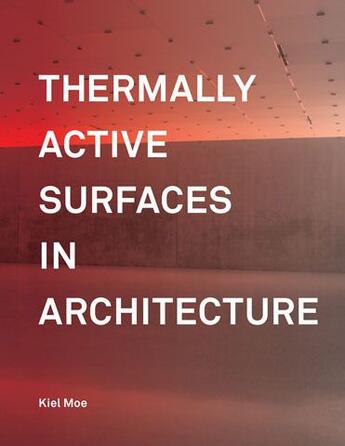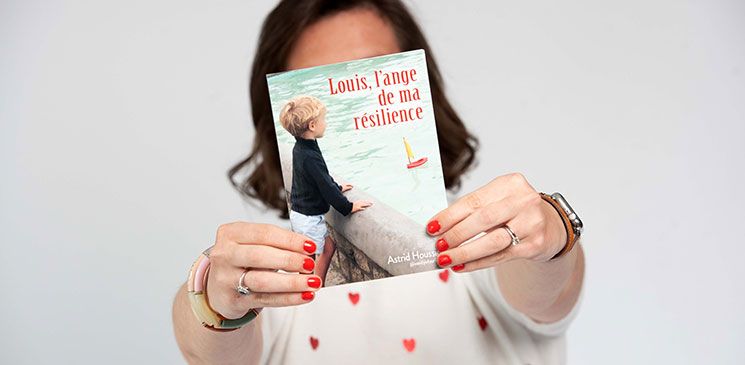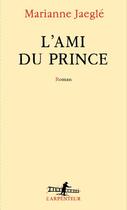Résumé:
Departing from the simple question Why do we heat and cool buildings with air?, this book focuses on the technique of thermally active surfaces. This technique uses water in building surfaces to heat and cool bodies - a method that is at once more efficient, comfortable, and healthy. This... Voir plus
Departing from the simple question Why do we heat and cool buildings with air?, this book focuses on the technique of thermally active surfaces. This technique uses water in building surfaces to heat and cool bodies - a method that is at once more efficient, comfortable, and healthy. This technique thus imbues the fabric of the building with a more poignant role: its structure is also its primary heating and cooling system. In doing so, this approach triggers a cascading set of possibilities for how well buildings are built, how well they perform, and how long they will last: pointing the way toward multiple forms of sustainability.
The first section of the book contrasts the parallel histories of thermally active surfaces and air conditioning. These histories explain the material, social, marketing, and technical unfolding of building technology in the twentieth century as a means to explain why we build the way we do and why that will change in the new century. The next section of the book covers the physiological and thermodynamic basis of thermally active surfaces. This section is designed for engineers and architects to grasp the logic and advantages of this technique. This section also includes a chapter on the de-fragmentation of buildings and design practice that is inherent in building with thermally active surfaces. The final section covers a series of contemporary case studies that demonstrate the efficacy of this technique. The project list currently includes Kunsthaus in Bregenz by Peter Zumthor, Zollverein School of Management in Essen, Germany by SANAA, and Linked Hybrid in Beijing by Steven Holl, amongst others.
Donner votre avis















